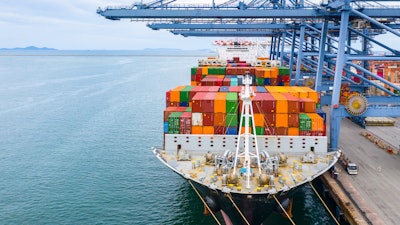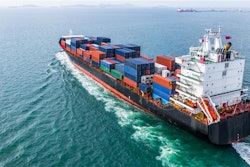
The number of large vessels lost remained at record low levels in 2020, while reported incidents declined year-on-year, according to Allianz Global Corporate & Specialty (AGCS).
“The shipping sector has shown great resilience through the Coronavirus pandemic, as evidenced by strong trade volumes and the recovery we are seeing in several parts of the industry today,” says Captain Rahul Khanna, global head of marine risk consulting at AGCS. “Total losses are at historic low levels for the third year running. However, it is not all smooth sailing. The ongoing crew crisis, the increasing number of issues posed by larger vessels, growing concerns around supply chain delays and disruptions, as well as complying with environmental targets, bring significant risk management challenges for ship owners and their crews.”
The South China, Indochina, Indonesia and Philippines maritime region remains the global loss hotspot, accounting for one in every three losses in 2020 (16) with incidents up year-on-year. Cargo ships (18) account for more than one-third of vessels lost in the past year and 40% of total losses over the past decade.
From Allianz Global Corporate & Specialty:
- According to the report, the South China, Indochina, Indonesia and Philippines maritime region is also the major loss location of the past decade (224 vessels), driven by high levels of local and international trade, congested ports and busy shipping lanes, older fleets and extreme weather exposure.
- Factors such as COVID-19, piracy and cyberattacks, climate change, delays and more remain the most challenging supply chain disruptions.




















